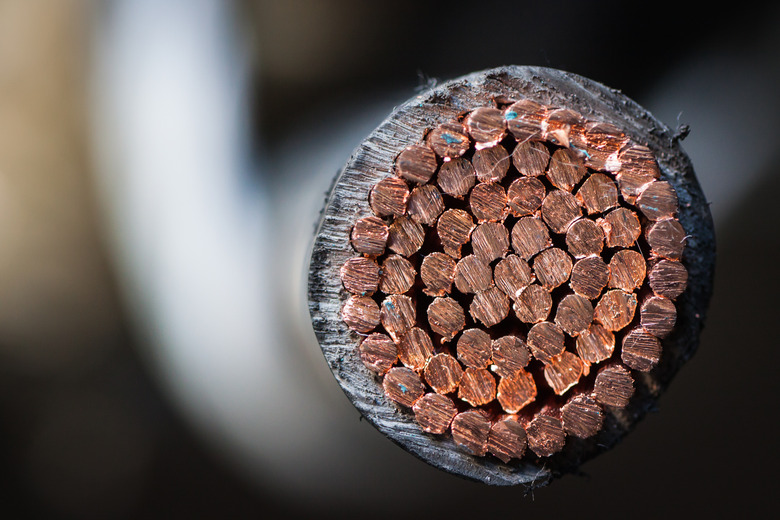If you want to melt copper at home, you’ll be pleased to know you don’t need an industrial induction furnace to do it. If you’re only melting small amounts of copper, you can do it with a blowtorch or on a stovetop. You may use it for home crafts or melt it into ingots for storage. Copper quickly conducts heat and electricity, so great care should be taken if you attempt to melt copper at home.
Warning
Please exercise caution while performing these tasks. Blowtorches should only be used by experienced adults.
Properties of Copper
Copper is a soft, malleable metal with a distinctive bright reddish color. It has high thermal and electrical conductivity (only silver has a higher electrical conductivity than copper) meaning it is easy to melt. Copper has a relatively high melting point of 1,083 degrees Celsius (1,982 F), but if you have the right equipment, you can melt it at home.
Melting Copper With A Blowtorch
1. Prepare the Copper Wires
Use a wire cutter to remove any outer insulation coating, as this is toxic when burned. Cut your copper wires to size to ensure they fit into the crucible, which is a bowl-like container made of a material able to withstand very high temperatures, such as ceramic.
2. Place Wire in Crucible
Place the copper wires in the bottom of the crucible, and place the crucible on a cement slab. Put on all necessary safety equipment.
3. Light the Blowtorch
Light the blowtorch. For this purpose, an industrial grade blowtorch such as oxy-acetylene is better than a propane torch because copper has a high melting point. Hold the crucible in place with tongs and direct the flame of the blowtorch at the copper wires.
4. Melt and Mold
Keep the full force of the flame on the copper wires until it completely melts. If you want to use the copper in its melted state, use the tongs to carefully tip the crucible and direct the melted copper into a mold.
Melting Copper on a Stovetop
1. Select the Right Pan
Place an iron pan on your stovetop. If you use a pan made of a metal with a lower melting point than copper, the pan may melt before the copper does. Different stovetops have different temperature settings, so not all stovetops can reach the high temperature needed to melt copper.
2. Add Copper to Pan
Place your copper scraps into the pan and cover it with a lid to help maintain the temperature.
3. Melt the Copper
Turn on the stove and set its temperature to the highest possible setting. Lift the lid on the pan now and then to check on the progress and see if the copper has melted.

